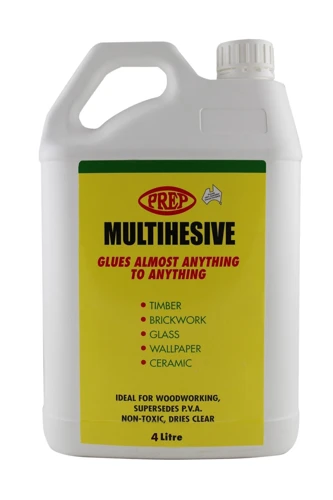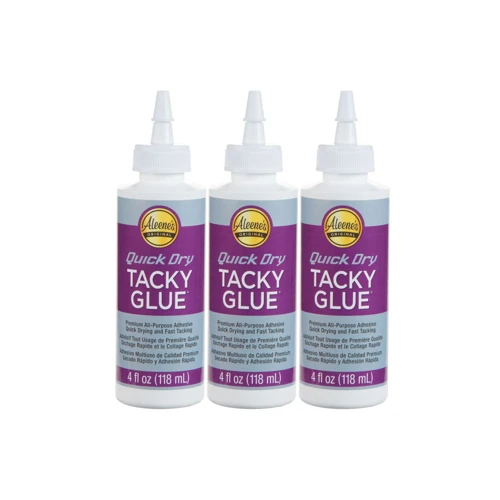When it comes to crafting and repairs, understanding how to glue glass pieces together is essential for a flawless finish. The art of mending and creating with this material requires precision, patience, and the right glass adhesive guide. Whether you’re dealing with a cherished heirloom or embarking on a new project, this comprehensive guide will equip you with the knowledge to achieve strong, virtually invisible bonds.
Understanding Glass to Glass Adhesive
What is Glass Glue?
Glass glue is a specialized adhesive formulated to create bonds that can hold up against the unique properties of glass, including its non-porous nature and susceptibility to changes in temperature. This type of adhesive is designed to dry clear, maintaining the aesthetic integrity of the glass pieces it joins.
Types of Glass Glue
- Epoxy: Known for its strength and durability.
- UV-curable adhesive: Bonds well under UV light, ideal for transparent glass.
- Silicone-based adhesive: Offers flexibility and is waterproof.
- Super glue: Quick-drying and suitable for small repairs.
Selecting the Best Glue for Glass
Criteria for Choosing the Right Adhesive
When selecting the best glue for glass, consider the following criteria: bond strength, drying time, and the environmental resistance needed for your project. Additionally, assess whether you require an adhesive that dries clear or one that can fill gaps.
Comparison of Popular Glass Glues
Comparing popular glass glues can be daunting. Epoxy resins offer a robust bond, while UV-curable adhesives provide quick fixes with light exposure. Silicone-based adhesives ensure flexibility and weather resistance, making them suitable for outdoor applications.
Bonding Glass Tips and Techniques
How to Prepare Glass Surfaces for Bonding
Clean the surfaces thoroughly with alcohol or a glass cleaner to remove any dust, oil, or residue. Ensure the glass is completely dry before proceeding.
Step-by-Step Glass Bonding Techniques
- Apply a thin layer of adhesive to one of the glass pieces.
- Carefully align the glass pieces and press them together gently.
- Wipe away any excess glue with a clean cloth before it dries.
- Allow the adhesive to cure as per the manufacturer’s instructions.
Glue Glass DIY: Practical Applications
Repairing a Broken Glass Item
Glue glass DIY projects often involve repairing broken items. Ensure all pieces fit together snugly and apply adhesive sparingly to avoid a messy finish.
DIY Projects: Decorating with Glass
Beyond repairs, DIY enthusiasts can use glass to glass adhesive to create stunning decorative pieces, from glass tabletops to unique home decor.
How to Use Glass Glue for Best Results
Applying Clear Glass Glue
For optimal clarity, apply a thin bead of clear glass glue to one edge of the glass. Press the pieces together firmly to ensure a strong bond without air bubbles.
Curing Times and Clamping
Different adhesives have varying curing times. Clamping the pieces together during this period can help maintain alignment and pressure, ensuring a solid bond.
Maintaining the Bond: Waterproof and Durable Solutions
Using Waterproof Glass Glue for Outdoor Projects
For outdoor applications, waterproof glass glue is essential. It prevents moisture from weakening the bond, thus extending the life of the project.
Long-term Care for Glued Glass Items
To maintain the integrity of the bond, keep glued glass items clean and avoid exposing them to extreme temperatures or harsh chemicals, which could compromise the adhesive.
Troubleshooting Common Issues in Gluing Broken Glass
Addressing Weak Bonds and Air Bubbles
If a bond seems weak or if air bubbles appear, reapply the adhesive with careful attention to eliminating gaps and ensuring a tight fit between the glass pieces.
Repair or Replace: When to Start Over
Sometimes, a repair may not hold. If the bond fails or the aesthetic result is unsatisfactory, it may be time to consider starting over or replacing the item.
Recommended Products and Reviews
Finding the Best Glass Adhesive for Your Needs
Research and read reviews to find the best glass adhesive tailored to your specific project, taking into account factors such as bond strength and drying time.
Top Picks: Clear Glass Glue Reviews
Among top picks, users often praise certain epoxies and UV-curable adhesives for their reliable bonding and clear finish, making them favorites in the glass crafting community.
Conclusion: Mastering Glass Bonding for DIY Success
Mastering the use of glass glue is a valuable skill for any DIY enthusiast. With the right product and techniques, you can achieve professional-level repairs and create beautiful projects that stand the test of time.
If you’re delving into the world of DIY and crafts, you may be interested in the best ways to bond various materials. While you’re learning about how to glue glass pieces together, you might also find it useful to explore other adhesive techniques. Check out our guides on how to glue plastic bottles together, how to glue slate together, and how to glue boards together for more helpful tips on your next project. Whether you’re repairing broken items or creating something new, mastering the art of gluing different materials is a valuable skill in crafting.
Frequently Asked Questions (FAQs) about Glass Gluing
Common questions include how long to let the glue dry, whether the glue can withstand outdoor conditions, and how to handle complex breaks. Refer to product instructions and best practices for specific guidance.




